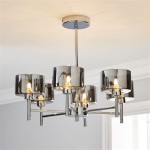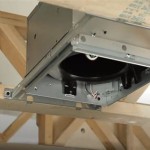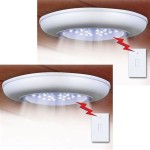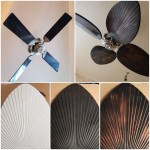Sheetrock Hangers: A Guide to Hanging Drywall on Your Ceilings
Hanging drywall on ceilings can be a challenging task, requiring specific knowledge and skills to achieve professional-looking results. This guide provides a comprehensive overview of the process, from planning and preparation to the final touches, assisting both novice DIYers and experienced remodelers in tackling this project effectively.
Planning and Preparation
Careful planning and preparation are crucial for a successful ceiling drywall installation. Begin by accurately measuring the ceiling area to determine the number of drywall sheets required. Factor in extra material for potential mistakes and cuts around fixtures. Next, inspect the ceiling joists for any damage or irregularities. Address any issues, such as bowed joists or loose wiring, before proceeding. Ensure adequate lighting in the work area and gather the necessary tools, including a drywall lift, T-square, utility knife, screw gun, and safety glasses.
Selecting the appropriate drywall thickness is another essential consideration. While ½-inch drywall is commonly used for walls, ⅝-inch drywall offers greater fire resistance and soundproofing, making it a preferred choice for ceilings, especially in multi-story buildings. Furthermore, using ⅝-inch drywall can minimize sagging over time. Purchase drywall sheets specifically designed for ceilings; these feature a tapered edge, simplifying the finishing process and creating a smoother surface.
Before hanging the drywall, consider the placement of ceiling fixtures. Mark their locations accurately on the ceiling joists to avoid interference during installation. For heavy fixtures like chandeliers, reinforce the framing with additional blocking to provide adequate support. Ensure all electrical wiring is properly installed and conforms to local building codes.
Lifting and Securing the Drywall
Lifting heavy drywall sheets overhead requires specialized equipment. A drywall lift is an invaluable tool for this purpose, allowing for safe and controlled maneuvering of the sheets. With the lift, position the first sheet tightly against the ceiling joists, ensuring it is flush with the adjacent wall. Start securing the drywall to the joists using drywall screws, spaced appropriately for the thickness of the material. Typically, screws are placed every 12 inches along the joists. Avoid overdriving the screws, which can dimple the drywall surface.
When placing subsequent sheets, ensure the edges are tightly butted together, creating a seamless joint. Maintain consistent spacing between screws to ensure uniform support and prevent bulging. For areas where two sheets meet over a single joist, stagger the screws to prevent weakening the joist. When working around ceiling fixtures, carefully measure and cut the drywall to accommodate them, ensuring a snug fit.
Finishing the Drywall
Once all the drywall is installed, the finishing process begins. This involves applying drywall compound to the seams and screw holes, creating a smooth and even surface. First, embed paper drywall tape over the seams, applying a thin layer of compound over the tape. Allow this layer to dry completely before applying subsequent coats. Typically, three coats of compound are required, with sanding between each coat to achieve a flawless finish.
For the screw holes, apply a small amount of compound, filling the recess completely. Once dry, sand these areas smooth. A wide putty knife is recommended for applying the compound to larger areas, while a smaller knife is useful for detailed work around fixtures and corners.
Safety Considerations
Safety should be the top priority throughout the entire drywall installation process. Always wear appropriate safety gear, including safety glasses and a dust mask, especially during the cutting and sanding stages. When using a drywall lift, ensure it is stable and properly assembled. Follow the manufacturer’s instructions carefully and never exceed the lift's weight capacity. When working on ladders or scaffolding, ensure they are secure and positioned correctly to prevent falls.
Proper ventilation is also important when working with drywall compound, especially in enclosed spaces. Open windows and doors or use a ventilation fan to circulate fresh air and minimize exposure to dust and fumes. Dispose of drywall scraps and dust responsibly, following local waste disposal regulations.
Essential Tools and Materials
Having the right tools and materials on hand is essential for a smooth and efficient drywall installation. Key tools include a drywall lift, T-square, utility knife, screw gun, drywall screws, measuring tape, and safety glasses. Materials include drywall sheets, drywall compound, paper drywall tape, and sandpaper. Investing in quality tools and materials can significantly impact the overall outcome of the project.

Hanging Drywall On Ceilings Fine Homebuilding

Hanging Drywall On Ceilings Fine Homebuilding

Drywall Lifting Tools Fine Homebuilding

How To Hang Drywall Like A Pro Diy Family Handyman

Amazing Trick To Hang Sheetrock Drywall On A Ceiling By Yourself

Ultimate Guide To Hanging Drywall Sheetrock Installation

How I Hang Sheetrock Drywall On The Ceiling By Myself Or Yourself Diy

How To Install Ceiling Drywall 12 Steps With Pictures Wikihow

Amazing Trick To Hang Sheetrock Drywall On A Ceiling By Yourself

Amazing Trick To Hang Sheetrock Drywall On A Ceiling By Yourself
Related Posts








